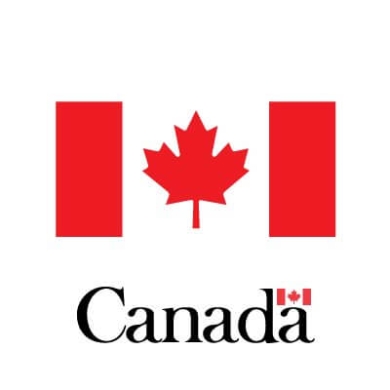24 mars 2020
Nouvelles Montréal Inc. | Informations utiles !
Nouvelles Montréal inc. Infolettre | 23 mars 2020 Voir ce courriel dans votre navigateur Read this email in English Montréal inc. réunit ses forces avec celles de Bonjour Startup Montréal, la Maison Notman et OSMO pour offrir des ressources, du soutien et des initiatives d'impact pour les entrepreneurs en ce temps de crise. Nous vous enverrons dorénavant deux infolettres par semaine, une les lundis pour vous informer des actions mises en place par nous et d'autres acteurs de l'écosystème, une deuxième les jeudis pour vous tenir au courant des derniers développements sur le plan économique et des mesures d'aide mises en place pour les entreprises. Nos initiatives conjointes Webinaire, mercredi 25 mars, 14h Patrick Gagné, CEO d'OSMO et co-fondateur de Bonjour Startup Montréal, présentera les dernières mesures gouvernementales et échangera avec vous à propos des défis vécus actuellement par les jeunes entreprises. Inscription Replay du Webinaire du 18 mars Documents de présentation Page Web Bonjour Startup Montréal Cette page rassemble les informations relatives aux mesures prises par différentes instances gouvernementales pour assurer la résilience économique en lien avec la maladie à coronavirus (COVID-19). Au fur et à mesure que la situation évolue, nous mettons à jour cette section afin que la communauté startup puisse trouver un maximum de réponses aux questions et inquiétudes. Consulter la page Web Document collaboratif de ressources Consultez et partagez toutes les ressources, questions, inquiétudes que vous avez dans ce document collaboratif ouvert à tout l'écosystème ! Consulter le document Réseau de coachs en soutien aux entrepreneurs Êtes-vous aux prises avec des questions telles que : Comment gérer mon cash-flow? Comment profiter des mesures économiques actuelles? Comment générer des opportunités avec ce qui se passe? Comment tout restructurer avec mon équipe? Est-ce que je prends les bonnes décisions? Vous n'êtes pas seuls. Nos coachs bénévoles expérimentés sont là pour répondre à vos questions SANS FRAIS. Simplement nous contacter à coach@montrealinc.ca en nous précisant vos besoins. Notre équipe de conseillers vous mettra en lien avec la ressource adaptée. Plus d'information Communauté startup sur Slack Consultez et partagez toutes les ressources, questions, inquiétudes que vous avez dans ce document collaboratif ouvert à tout l'écosystème ! Rejoindre la communauté Activités Mtl inc. reportées Prenez note que les activités suivantes sont suspendues: Programme Entreprendre au féminin 5@8 Peer 2 Peer Offre combinée Rive-Sud SIAL (salon reporté au 5, 6 et 7 août 2020) Ateliers Nous réfléchissons présentement à d'autres façons de vous proposer ces contenus et reviendrons vers vous bientôt. L'écosystème en action ! Cook it et Pur Vodka - Cook it et Pur Vodka s'allient pour offrir 6000 repas aux professionnels de la restauration Pop Up Solidaire - Marché virtuel qui a lieu du 23 mars au 12 avril, et qui encourage les artisans d'ici. CHK PLZ - CHK PLZ propose à travers son application des cartes-cadeaux afin d'aider les restaurants dans leur cash flow. Livescale - Livescale ouvre gratuitement sa technologie de diffusion de vidéo en direct sur les réseaux sociaux MAIN - Les accélérateurs d'entreprises du Québec se mobilisent autour d'un plan d'action pour soutenir les startups affectées par le ralentissement économique mondial Remplissez leur sondage ici La Piscine - Service de coaching en ligne adapté à la crise de la COVID-19. Pour rester à l'affût des intitatives voici une liste de groupes Facebook pertinents Vous avez vu ou lancé des initiatives positives? Envoyez-les nous et nous les partagerons ! Ces articles qui font du bien COVID-19: «Accrochez-vous, c'est fini en Chine», dit un entrepreneur québécois - Les Affaires Des chercheurs québécois testeront un médicament contre les complications graves - La Presse Un pharmacien conçoit un outil de triage web gratuit - La Presse Une équipe québécoise écourtera le dépistage de la COVID-19 - UdeM Nouvelles ‘It's okay to be scared': Norway PM holds children-only COVID-19 press conference - SBS News




